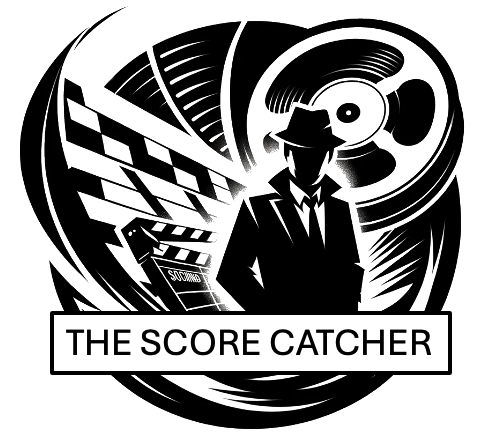Tuesday, BBC1, 10:40pm
Francis Ford Coppola’s Bram Stoker’s Dracula (1992) is a lush, opulent retelling of the famous vampire tale, blending high Gothic melodrama with operatic romance. It’s like the film threw on a velvet cape, swooshed around moodily, and declared, “I want to suck your budget dry.” Gary Oldman plays Count Dracula with a delicious duality—part tragic lover, part predatory monster—and does so with a mesmerizing range, from an ancient, decrepit creature to a suave, albeit occasionally gelatinous, seducer. Coppola takes us on a wild ride through shadowy Victorian streets, crumbling castles, and, of course, swirling mists, all while being faithful to the source material but injecting a heavy dose of eroticism and visual flair. It’s a love story at heart, albeit a twisted one, with Oldman’s Dracula pining over Mina Harker (Winona Ryder), a reincarnation of his long-lost love. You’ll find no sparkly vampires here—this one is all about blood, lust, and a deep craving for immortality.

When it comes to the soundtrack, we must bow our heads to Wojciech Kilar, who conjures an atmospheric score that is as intoxicating and rich as the film’s visuals. Kilar’s music is a dark, brooding presence throughout, echoing Dracula’s gothic world with thundering orchestral swells and eerie, hypnotic strings. The main theme, a pulsating, relentless melody that feels like it could summon a storm, is one of the film’s standouts. It weaves itself around you like Dracula’s cape, full of grandeur and underlying menace. Kilar, a Polish composer with a background in both classical and film music, evokes a sense of dread and romanticism that matches Coppola’s vision perfectly. It’s no wonder the score has gained a life of its own, often appearing in trailers and other media, whispering of dark forces beyond the grave.
For fans of gothic horror, Bram Stoker’s Dracula is a visual feast, a sensory overload that mixes practical effects, ornate set design, and even nods to old-school techniques like shadow play and in-camera trickery. In a world increasingly dominated by CGI, it’s refreshing to see the craft that went into everything from Dracula’s monstrous forms to the film’s vibrant costumes. There’s also a deep literary quality to the film that sets it apart from other vampire adaptations; it’s as if Coppola whispered, “What if we took Dracula, but made it Shakespearean?” And it works! Of course, the film can be a bit over-the-top (Keanu Reeves’ British accent, anyone?), but that’s part of the charm. It’s like Coppola wanted to make a sweeping epic on par with his Godfather films, but with fangs, which—let’s be honest—is an idea that probably occurred to more than a few of us after a late-night Hammer Horror binge.
